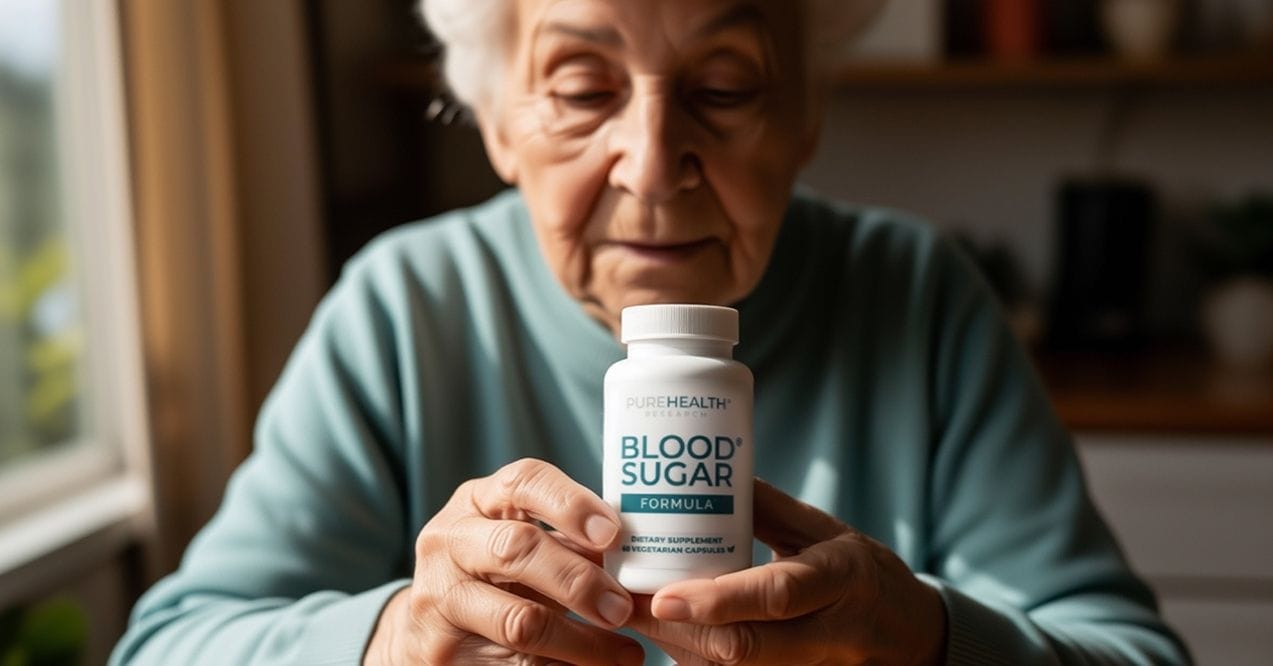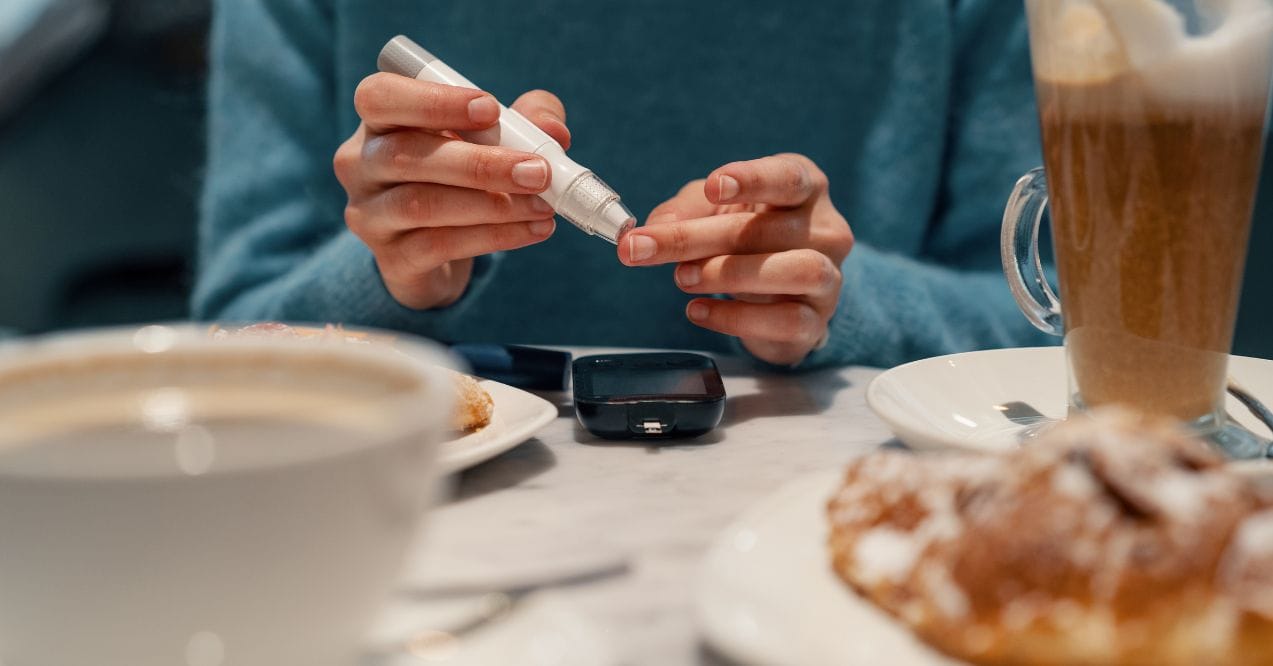Why Does My Blood Sugar Go Up When I Exercise?
Wondering why does my blood sugar go up when I exercise? Discover common reasons and practical tips to support balance.
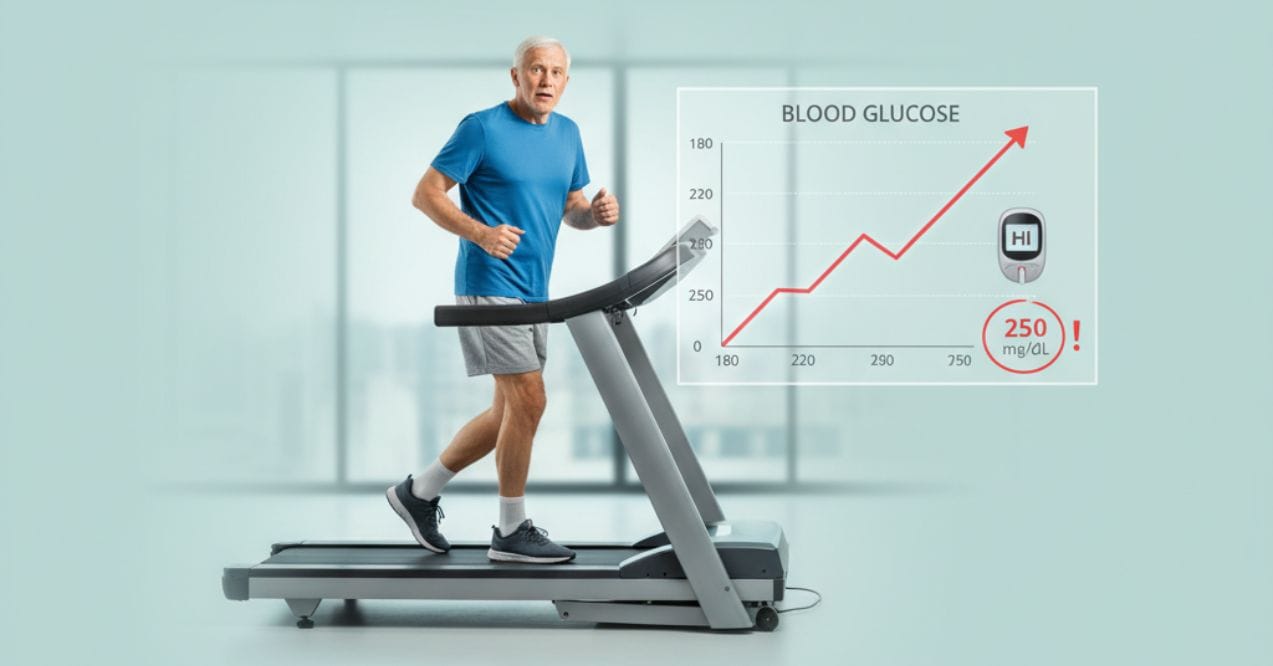

Exercise is well known for supporting overall well-being and helping the body maintain healthy energy balance. But sometimes, people notice something surprising – why does my blood sugar go up when I exercise? While this might seem concerning at first, it’s actually a common and natural response. Physical activity can sometimes cause a temporary rise in sugar levels as your body works to keep up with increased energy demands.
In this article, we’ll explore why this happens, how exercise affects your body, and what steps you can take to support balanced sugar levels after activity.
How Exercise Affects Blood Sugar
You might wonder, can exercise raise blood sugar? The answer is yes – it can, especially during or right after physical activity. This is a natural response as your body works hard to supply energy to your muscles.
When you exercise, your body releases certain hormones like adrenaline and cortisol. These are often called “stress hormones,” but they’re not always harmful. In this case, they help your body quickly release stored sugar to fuel your muscles.
Here’s what happens:
- Adrenaline signals the body to release sugar for quick energy.
- Cortisol helps maintain enough energy throughout your workout.
- The body taps into stored sugar from the liver and muscles to meet energy demands.
This process is more noticeable during high-intensity activities like sprinting, weightlifting, or fast cycling. These workouts can cause a sharper rise in sugar levels compared to walking or light stretching.
Why Does My Blood Sugar Go Up During Exercise?
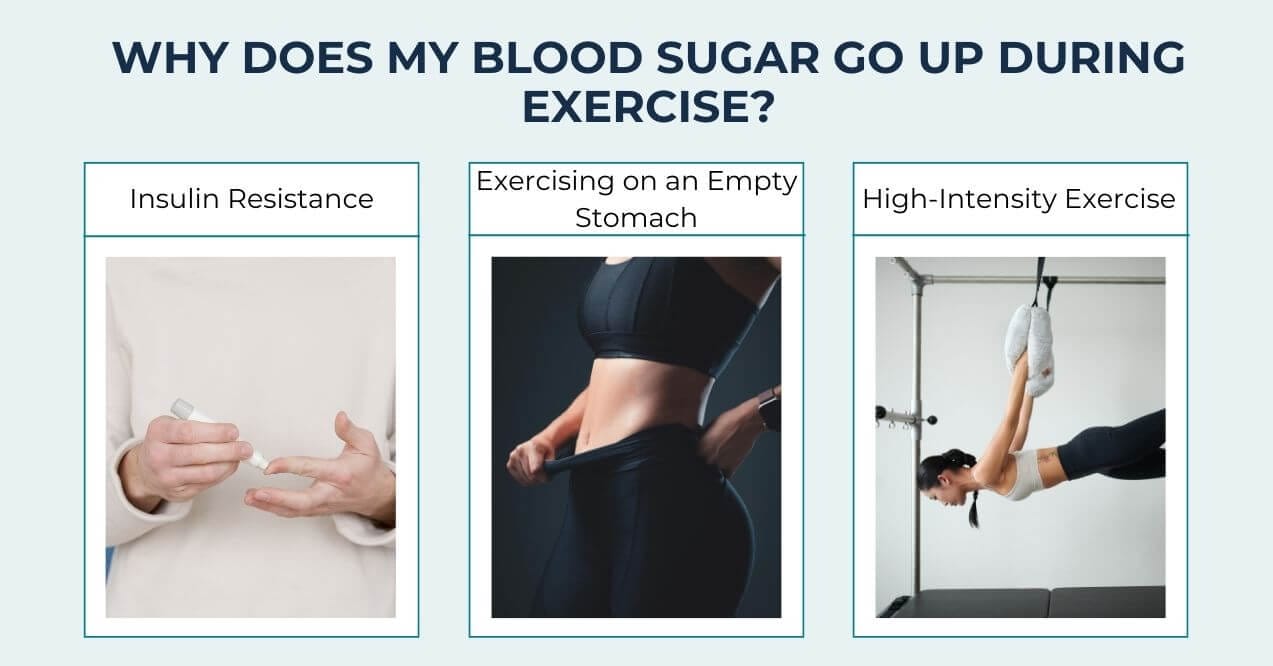
It’s natural to ask, does exercise increase blood sugar? While exercise is often linked to promoting healthy sugar levels, there are times when it can cause a temporary rise. Several factors play a role in this reaction, including how your body handles sugar, whether you’ve eaten before activity, and the type of workout you choose. Let’s explore the key reasons why this happens.
Insulin Resistance
When the body experiences insulin resistance, it becomes less efficient at using sugar for energy. This can lead to higher sugar levels during or after exercise because the body struggles to move sugar from the bloodstream into the muscles quickly.
Instead of using sugar efficiently, the body allows more to circulate, causing a temporary rise during physical activity. This is a common response for people with this condition.
Exercising on an Empty Stomach
Working out without eating beforehand can cause sugar levels to rise. When you exercise on an empty stomach, your body quickly releases stored sugar to provide the energy your muscles need. Since there’s no recent food intake to balance this, sugar levels may temporarily increase as your body adjusts to the demands of exercise.
High-Intensity Exercise
More intense workouts can lead to a larger spike in sugar levels. High-energy activities like sprinting, interval training, or heavy lifting signal the body to release a quick burst of sugar to keep up with fast energy use. This can result in noticeable post exercise blood sugar rises as the body works hard to fuel the effort. These changes are often short-lived and part of a normal exercise response.
How to Control Blood Sugar After Exercise
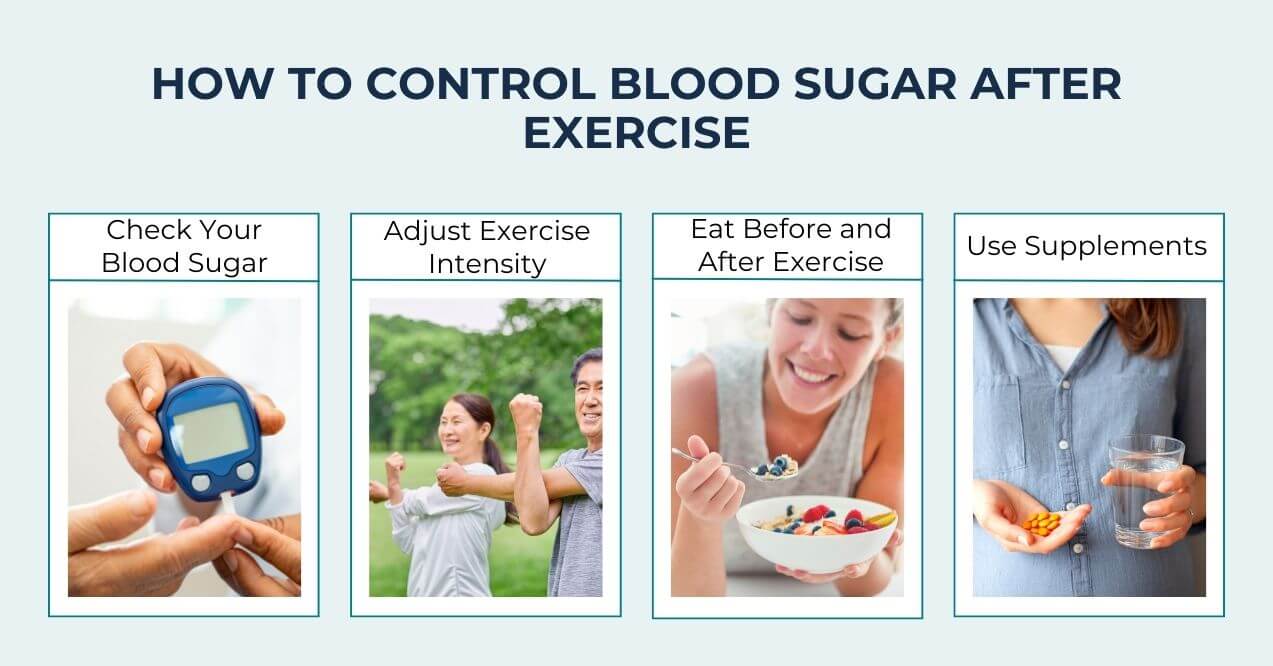
Balancing sugar levels once your workout ends keeps energy steady and supports long-term wellness. Simple habits – regular monitoring, smart meal timing, and choosing the right workout pace – make a big difference. Below are practical steps you can start using today.
Check Your Blood Sugar
Regular checks before, during, and after workouts help you spot patterns. Measuring before warm-up gives a baseline, mid-session shows how your body responds, and a reading 30 minutes later reveals recovery. Compare each result with guidance on what is normal blood sugar for seniors, then note any unusual swings.
- Before – take a baseline reading
- Mid-workout – pause briefly and measure
- Post-workout – record after cooldown
Tracking this information in a notebook or app helps you fine-tune meals, hydration, and workout choices.
Adjust Exercise Intensity
You may notice fasting blood sugar high after exercise when every session feels like a race. Reducing intensity or extending cool-downs can help steady levels. Try steady-state cardio, lighter weights, or longer rests between sets until your body adapts. Adding five minutes of gentle walking at the end smooths the transition back to rest.
Stay hydrated, breathe evenly, and pause if your meter trends upward. Over time, these tweaks encourage more stable readings without sacrificing progress.
Eat Before and After Exercise
Timing meals prevents sharp swings. Enjoy a balanced snack 30–60 minutes before training and a mixed meal within two hours after. Combine complex carbs for gradual energy with protein to rebuild muscle.
Smart choices include:
- Oatmeal with berries and Greek yogurt
- Scrambled eggs and whole-grain toast
- A smoothie of banana, spinach, and plant-based protein
Watch how each meal affects your meter and adjust portions as needed to maintain comfortable, steady readings.
Use Supplements Like Blood Sugar Formula
Alongside good meals and smart workouts, targeted supplements can offer extra support. Blood Sugar Formula can support your body’s natural sugar balance, especially after exercise when levels may temporarily rise.

The formula contains 17 carefully selected, high-quality ingredients that promote healthy energy and protect the body from oxidative stress. Key nutrients like Vitamin C, Vitamin D3, and Manganese work together to help maintain balanced sugar levels throughout the day.
When combined with regular exercise, balanced meals, and proper monitoring, Blood Sugar Formula can be a helpful part of your daily routine. It offers additional support for those looking to encourage steady energy and healthy sugar management after physical activity.
Key Takeaway
So, why does my blood sugar go up when I exercise? This temporary rise happens as your body works to provide quick energy during physical activity. Factors like exercise intensity, meal timing, and individual body responses all play a role. By adjusting your routine and monitoring your sugar levels, you can better support balance and stay active with confidence.
Yes, it’s normal for sugar levels to rise during exercise. The body releases stored sugar to meet increased energy demands. This temporary rise is part of your body’s natural response to physical activity and usually balances out afterward.
Yes, walking for 30 minutes a day can help support lower sugar levels over time. Regular, moderate exercise encourages the body to use sugar more efficiently, which may promote steadier levels and support overall well-being when part of a healthy lifestyle.
Drinking water can help support balanced sugar levels by aiding hydration and promoting natural body processes. Staying well-hydrated helps the body maintain regular sugar balance, especially after exercise, but water alone does not directly lower sugar levels immediately.
Sign up for our Healthy Living newsletter!
Advertisement. This site offers health, wellness, fitness and nutritional information and is designed for educational purposes only. You should not rely on this information as a substitute for, nor does it replace, professional medical advice, diagnosis, or treatment. If you have any concerns or questions about your health, you should always consult with a physician or other health-care professional. Do not disregard, avoid or delay obtaining medical or health related advice from your health-care professional because of something you may have read on this site. The use of any information provided on this site is solely at your own risk.





